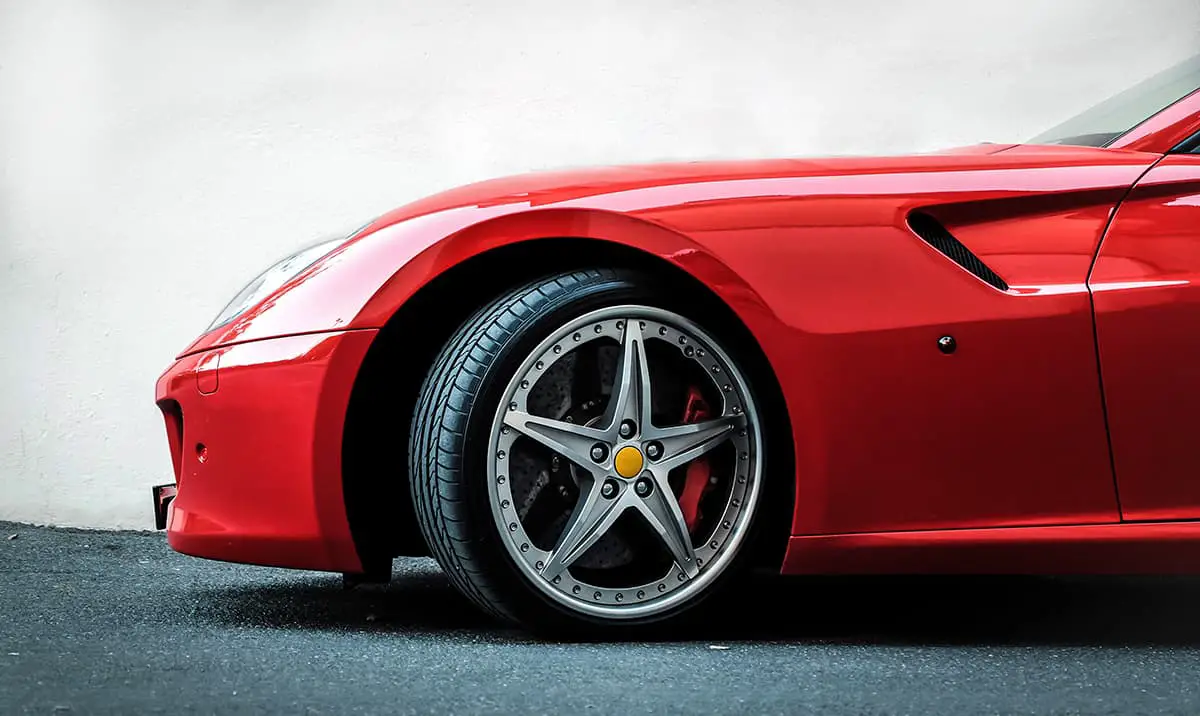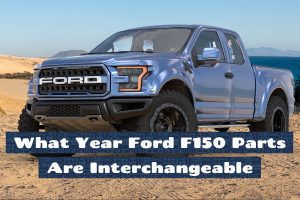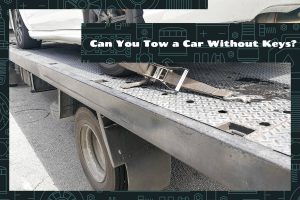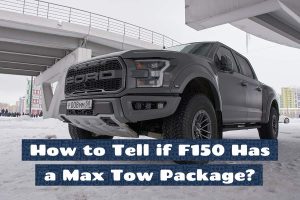The bolt pattern is a critical aspect of any vehicle that determines the compatibility of wheels. One of the most common bolt patterns used in many cars today is the 5×120 bolt pattern.
The following is a non-exhaustive list of cars that use a 5×120 bolt pattern:
- Acura MDX (2007-2023)
- MDX Sport Hybrid (2017-2020)
- NSX (2016-2021)
- RL (2005-2012)
- RLX (2014-2019)
- RLX Sport Hybrid (2016-2020)
- TL (2009-2014)
- TLX (2021-2022)
- BMW 1 Series (2014-2020)
- 2 Series (2013-2021)
- Alpina B3 (2019-2022)
- Alpina B4 (2013-2022)
- Alpina B5 (2019-2022)
- Alpina B7 (2016-2022)
- i3 (2013-2022)
- i4 (2021-2022)
- M2 (2016-2022)
- M3 (2014-2022)
- M4 (2014-2022)
- M5 (2018-2022)
- M6 (2012-2018)
- X1 (2016-2022)
- X2 (2018-2022)
- X3 (2011-2022)
- X4 (2014-2022)
- X5 (2000-2022)
- X6 (2008-2022)
- X7 (2019-2022)
- Z4 (2018-2022)
- Buick Enclave (2008-2022)
- LaCrosse (2005-2019)
- Regal (2011-2017)
- Regal TourX (2018-2020)
- Verano (2011-2017)
- Cadillac ATS (2013-2019)
- CT4 (2020-2022)
- CT5 (2020-2022)
- CT6 (2016-2021)
- CTS (2008-2019)
- DTS (2006-2011)
- ELR (2014-2016)
- SRX (2010-2016)
- STS (2005-2011)
- XLR (2004-2009)
- XTS (2013-2019)
- Chevrolet Camaro (2010-2022)
- Caprice PPV (2011-2017), Colorado (2015-2022)
- Equinox (2018-2022)
- Impala (2014-2020)
- Malibu (2016-2020)
- Silverado 1500 (1999-2022)
- Traverse (2009-2022)
- GMC Acadia (2007-2022)
- Canyon (2015-2022)
- Sierra 1500 (1999-2022)
- Honda Ridgeline (2017-2022)
- Land Rover Defender (2020-2022)
- Discovery (2004-2022),
- Discovery Sport (2015-2022)
- LR2 (2008-2015)
- LR4 (2010-2016)
- Range Rover (2003-2022)
- Range Rover Sport (2005-2022)
- Lexus GX (2010-2022)
- HS (2010-2012)
- LS (2001-2022), LX (2008-2022)
- RX (2003-2022)
- Pontiac G8 (2008-2009)
- GTO (2004-2006)
- Tesla Model S (2012-2022)
- Model X (2016-2022)
- Volkswagen Atlas (2018-2022)
- Touareg (2011-2017)
So, what exactly is bolt pattern, and what does 5×120 mean? In this guide, I’ll address these questions and a lot more, so keep reading!
What Is Bolt Pattern?
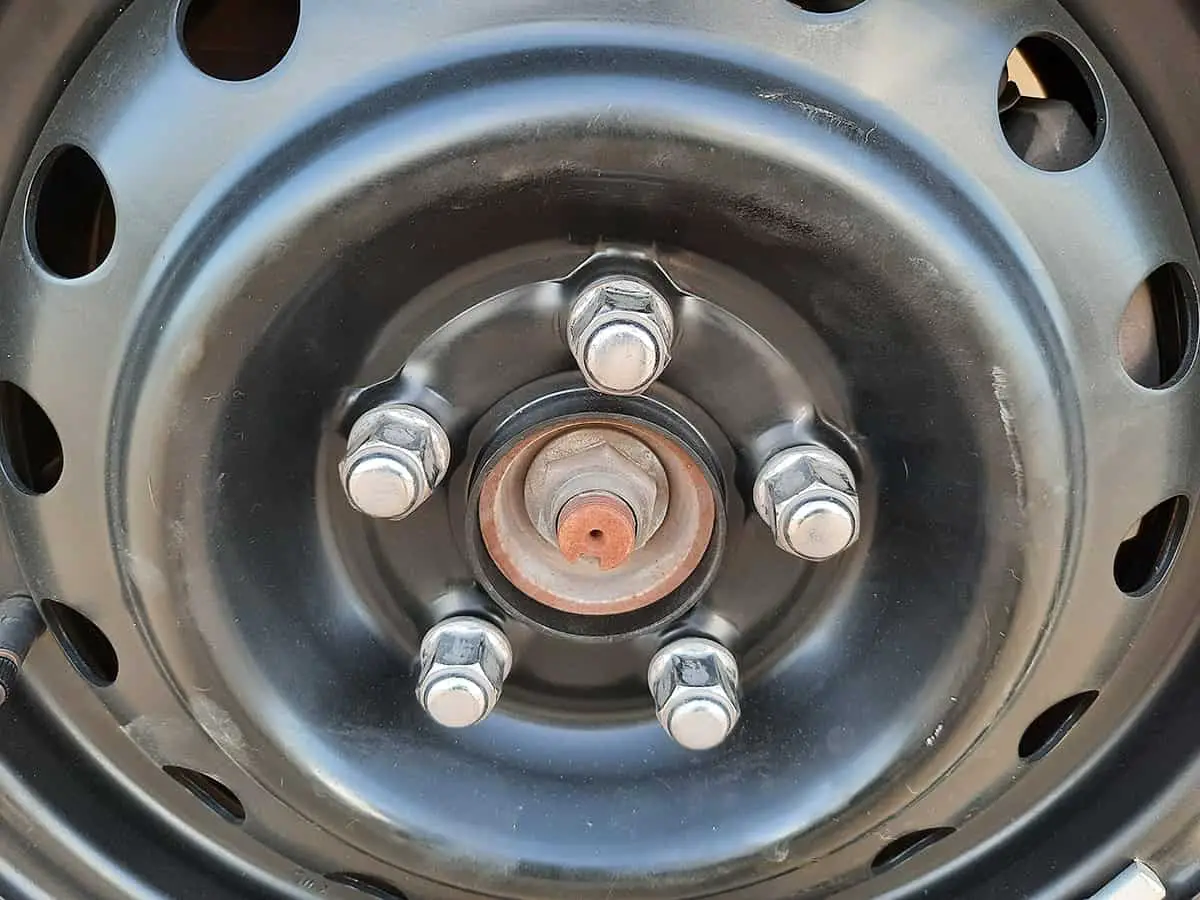
When selecting new wheels or tires for your car, it’s crucial to understand the bolt pattern or pitch circle diameter (PCD) of your vehicle. This essential measurement refers to the number of bolt holes on the wheel and the diameter of the circle they form.
The bolt pattern plays a critical role in ensuring the proper fit of your wheels and tires. Failure to understand the bolt pattern could result in compatibility issues that could impact your car’s performance, safety, and overall driving experience.
Knowing the bolt pattern of your vehicle is particularly important when purchasing new wheels or tires. It ensures that the new components will align with the existing bolt holes on your car’s hub assembly, making installation and alignment simple and hassle-free.
What Does 5×120 Mean?
The 5×120 bolt pattern is a crucial specification that determines the number and spacing of bolt holes on a car’s wheel. Specifically, it indicates that the wheel has 5 bolt holes, each placed 120 millimeters apart in a circular pattern.
This bolt pattern is prevalent in various vehicles such as Acura, BMW, Buick, Cadillac, Chevrolet, GMC, Honda, Land Rover, Lexus, Pontiac, Tesla, and Volkswagen.
Understanding a car’s bolt pattern is vital when purchasing new wheels or tires as it ensures that the components fit the car correctly. A wheel with a 5×120 bolt pattern can only be installed on a car with the same bolt pattern. Attempting to mount a wheel with a different bolt pattern can lead to poor fitment, resulting in issues like vibrations, or in extreme cases, the wheel detaching while driving.
It’s essential to note that the 5×120 bolt pattern may be referred to as 5×4.72 inches in some regions, which is an approximate conversion of the metric measurement to imperial units.
Why Do Cars Use 5×120 Bolt Pattern?
The 5×120 bolt pattern has gained popularity among car manufacturers due to several reasons.
Firstly, this bolt pattern offers a perfect balance between the number of bolt holes and their spacing, resulting in even load distribution across the wheel. As a result, it enhances stability and handling, particularly during high-speed driving.
Secondly, the 5×120 bolt pattern provides a wider variety of wheel sizes and designs. Since it is shared by multiple car manufacturers, aftermarket wheel manufacturers can offer an extensive range of options that fit several models, providing more choices for car owners who desire to customize their vehicle’s appearance.
Moreover, this bolt pattern has been in use for many years, leading to the availability of a wide range of wheels designed to fit this specification. This availability of wheels makes it more affordable and easier to replace worn-out or damaged wheels with OEM or aftermarket replacements.
Aftermarket Wheels for Cars with 5×120 Bolt Pattern
Upgrading your car’s look and performance with aftermarket wheels is an excellent option. Unlike factory wheels, aftermarket wheels are available in a wide range of sizes, styles, and finishes, making it easier to find the perfect match for your car’s appearance and performance needs.
Using aftermarket wheels on your car with a 5×120 bolt pattern offers several benefits, including improved performance. Aftermarket wheels are typically lighter and stronger than factory wheels, resulting in better handling, braking, and acceleration. Additionally, they offer a more precise fit, reducing the risk of vibrations and ensuring a smoother ride.
When selecting aftermarket wheels for your car with a 5×120 bolt pattern, you have several types to choose from, such as alloy wheels, steel wheels, and forged wheels. Each type has its unique features and benefits, making it essential to consider your driving style and requirements before making a choice.
Another critical factor to consider when selecting aftermarket wheels is size. While larger wheels can enhance your car’s appearance, they can negatively affect performance. Therefore, it’s crucial to choose a wheel size that matches your car’s specifications to ensure optimal performance and safety.
Finally, you should consider the finish of your aftermarket wheels. Most aftermarket wheels come in a variety of finishes, such as chrome, black, or polished aluminum. The finish you choose can significantly impact your car’s overall look, so it’s essential to select one that complements your car’s style and color.
What Is the Difference Between Bolt Pattern and Stud Pattern?
You might have heard the terms “bolt pattern” and “stud pattern” used interchangeably, but they do actually refer to slightly different aspects of wheel compatibility.
The bolt pattern refers to the number of bolt holes on a wheel hub and the distance between them. For instance, a 5×120 bolt pattern means that there are five bolt holes and that the distance between them measures 120 millimeters. This pattern must match the bolt pattern on the car’s wheel hub for the wheel to fit correctly.
On the other hand, the stud pattern refers to the number of studs that are used to secure the wheel to the hub. It also refers to the distance between the center of one stud to the center of the adjacent stud. The stud pattern is typically measured in inches and can be determined by measuring the distance between the center of one stud to the center of the stud directly opposite it.
How Do I Know If a Wheel Will Fit My Car?
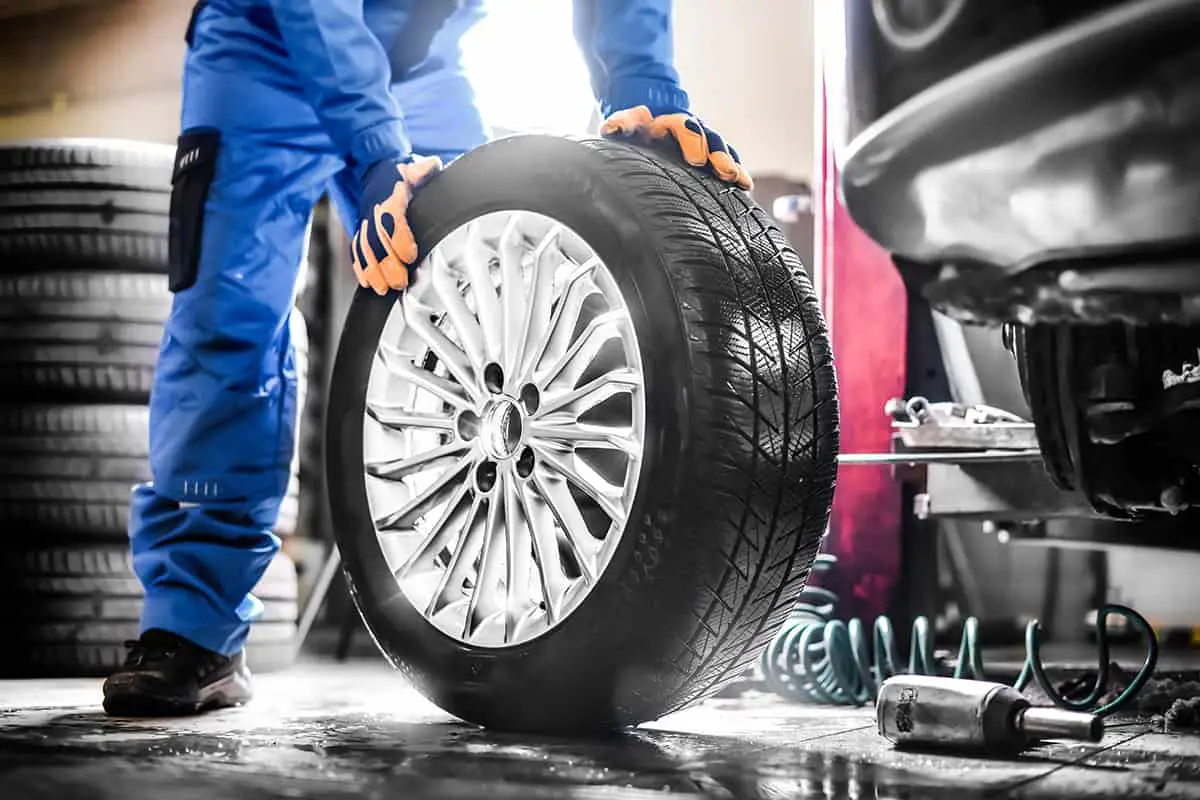
To know if a wheel will fit your car, you need to consider several factors, including the bolt pattern, wheel size, offset, and center bore diameter.
1. Knowing the bolt pattern
refers to the number of bolt holes and the distance between them on the wheel hub. You can find this information in your car’s owner manual or by measuring the bolt pattern yourself. Once you know your car’s bolt pattern, ensure that the new wheel’s bolt pattern matches it.
2. Knowing the wheel size
Wheel size is typically measured in diameter and width. It’s essential to choose a wheel size that’s within your car’s specifications to ensure proper fitment and optimal performance.
3. Knowing the wheel offset
This is the distance between the centerline of the wheel and the mounting surface. The offset can affect how the wheel sits on the hub and can impact your car’s handling and performance. It’s essential to choose a wheel with the correct offset to ensure proper fitment and optimal performance.
4. Knowing the center bore diameter
This refers to the size of the center hole on the wheel. This hole should fit snugly around the hub to center the wheel properly. Ensure that the center bore diameter of the new wheel matches the hub size of your car.
